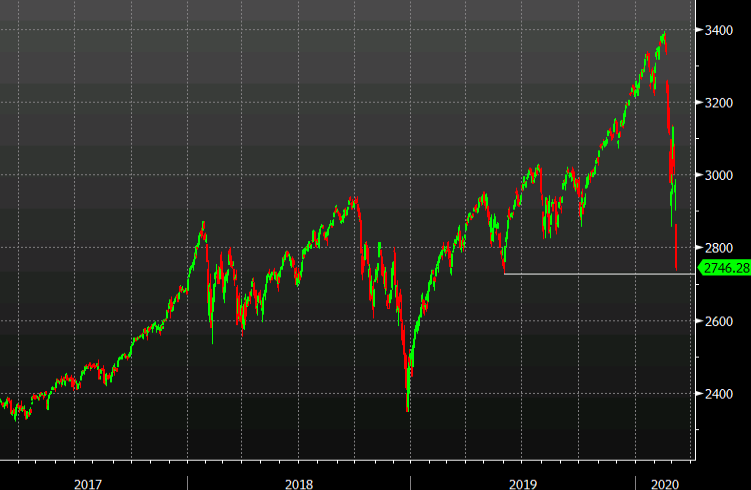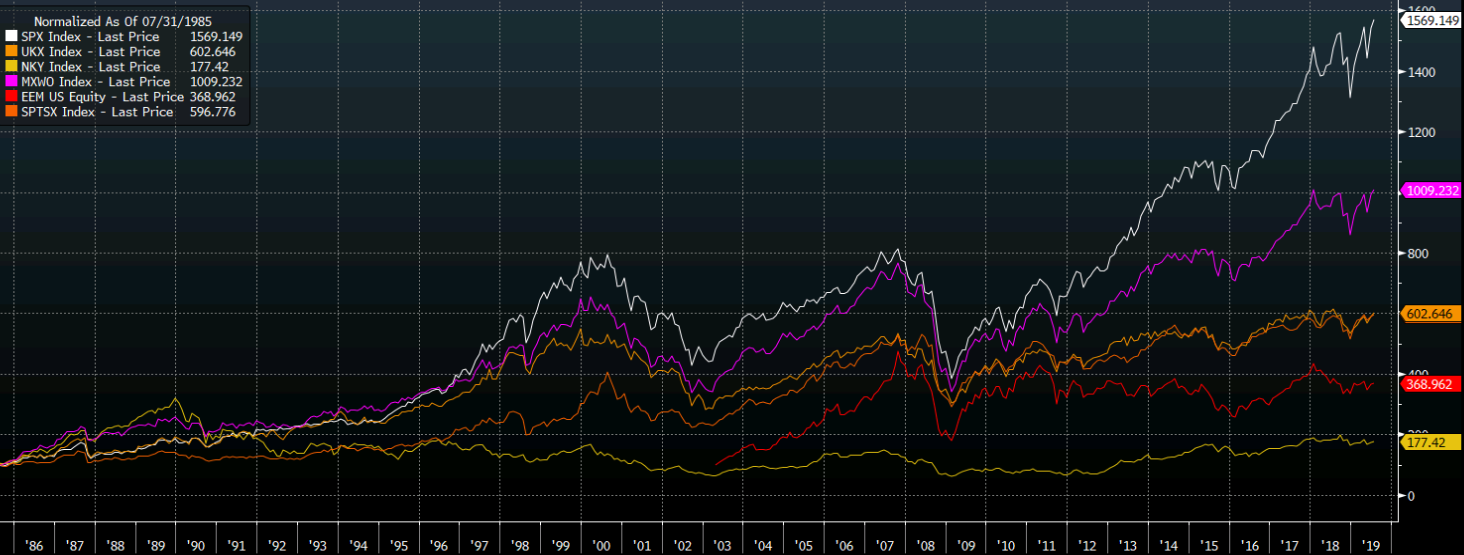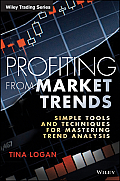A critical distinction of all great investing books is that every time you re-read them, you find insights that you somehow missed the previous times. Recently I had the opportunity to re-read some of the chapters in Hedge Fund Market Wizards. The section about equity traders is my favorite one, so I delved into it again. In this post, I am featuring some interesting observations from Jack Schwager’s conversation with Joe Vidich:
1. Position sizing is a great way to manage risk
The larger the position, the greater the danger that trading decisions will be driven by fear rather than by judgment and experience.
If you are diversified enough, then no single trade is particularly painful. The critical risk controls are being diversified and cutting your exposure when you don’t understand what the markets are doing and why you are wrong.
It is really important to manage your emotional attachment to losses and gains. You want to limit your size in any position so that fear does not become the prevailing instinct guiding your judgment. Everyone will have a different level. It also depends on what kind of stock it is. A 10 percent position might be perfectly okay for a large-cap stock, while a 3 percent position in a highflying mid-cap stock, which has frequent 30 percent swings, might be far too risky.
2. Charts are extremely important.
One of the best patterns is when a stock goes sideways for a long time in a narrow range and then has a sudden, sharp up move on large volume. That type of price action is a wake-up call that something is probably going on, and you need to look at it. Also, sometimes whatever is going on with that stock will also have implications for other stocks in the same sector. It can be an important clue. (more…)






